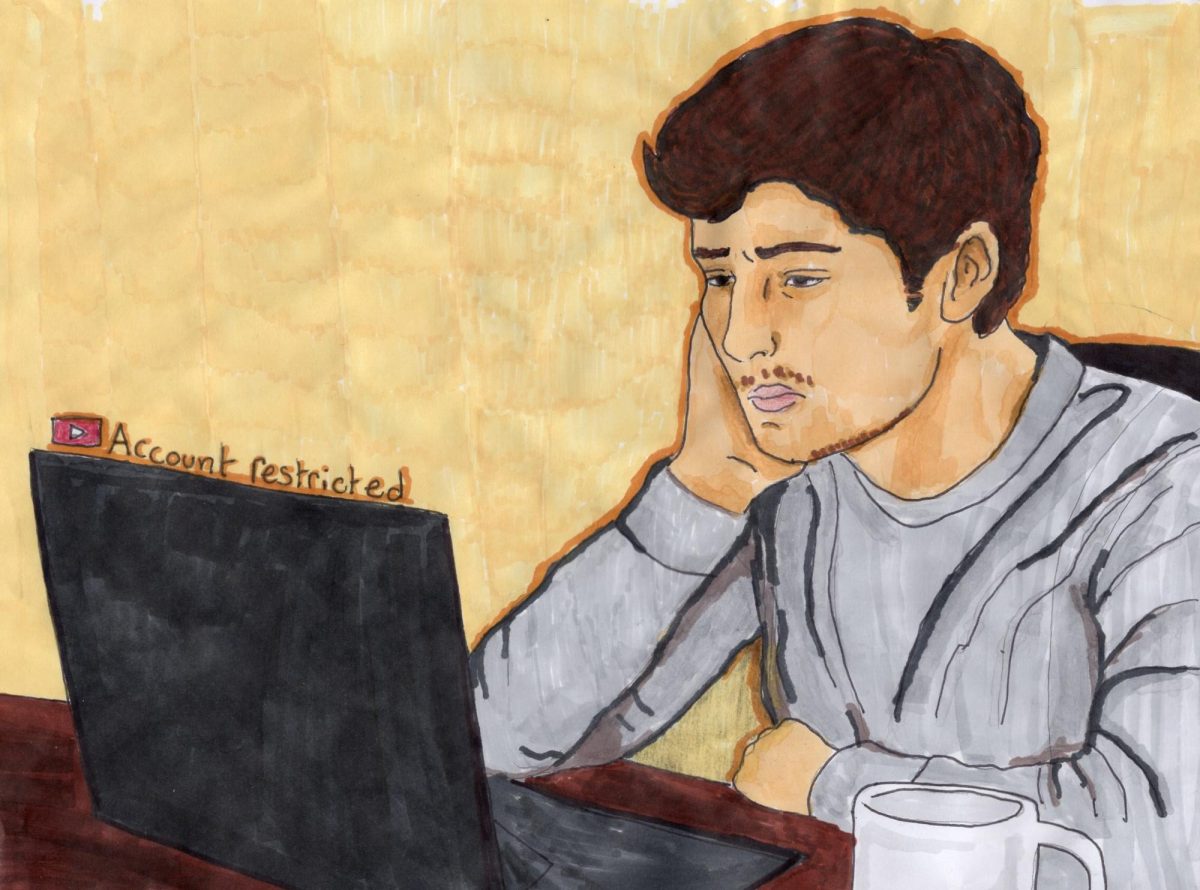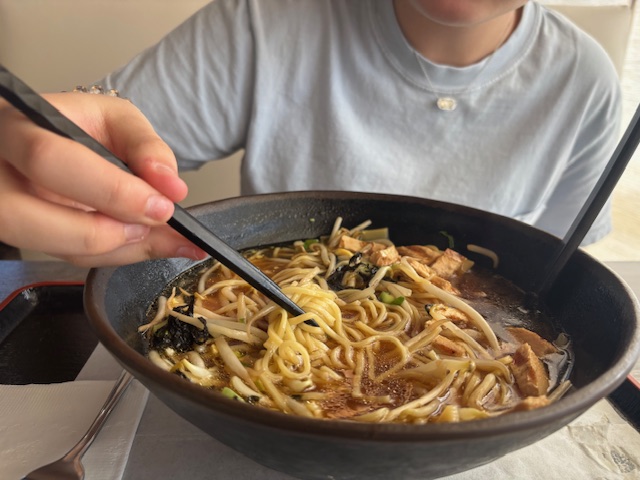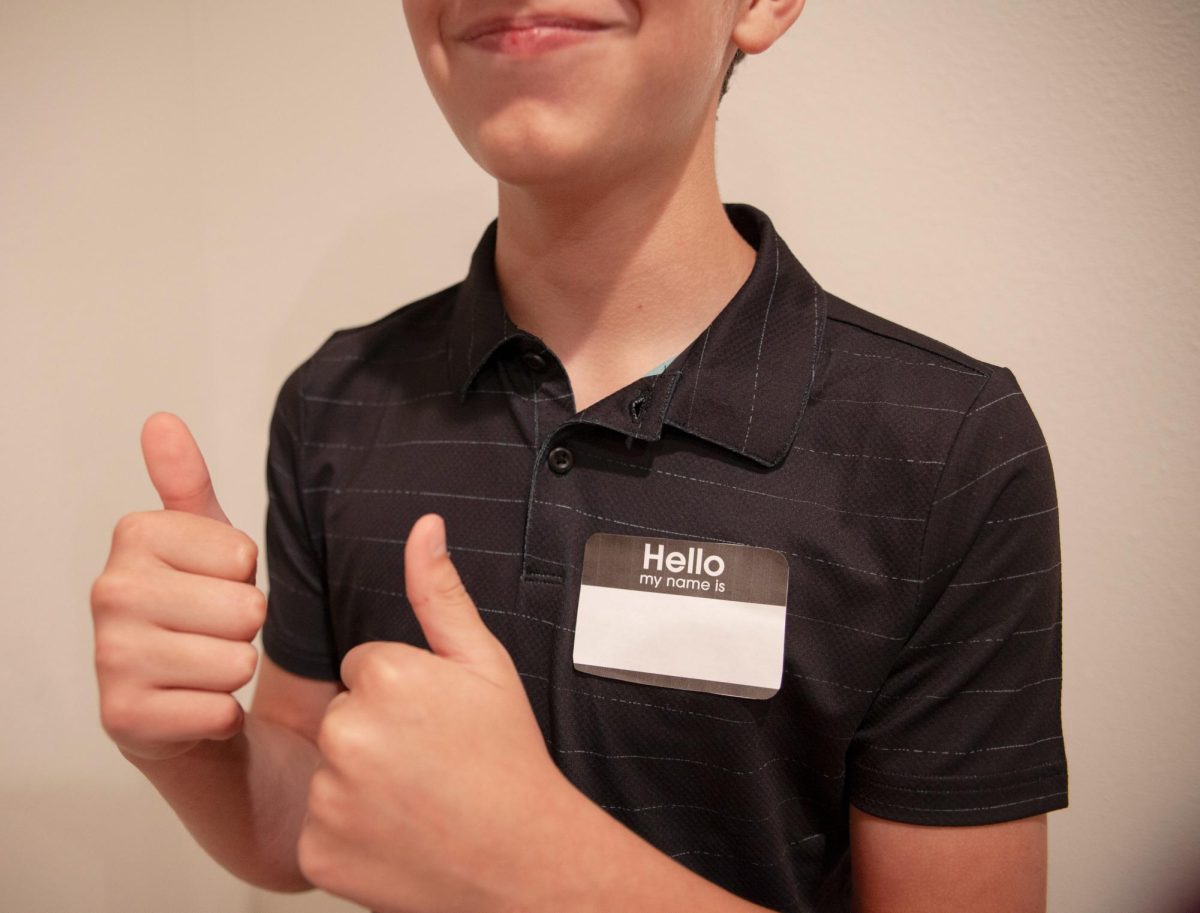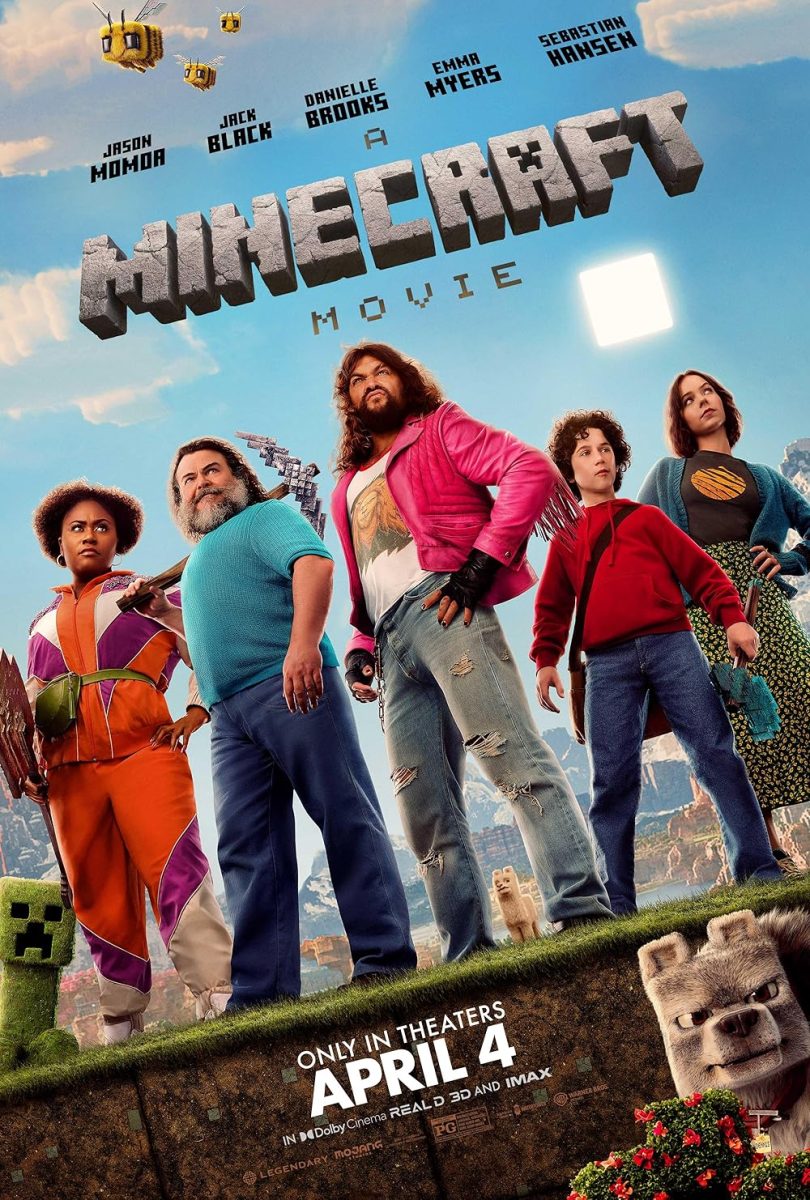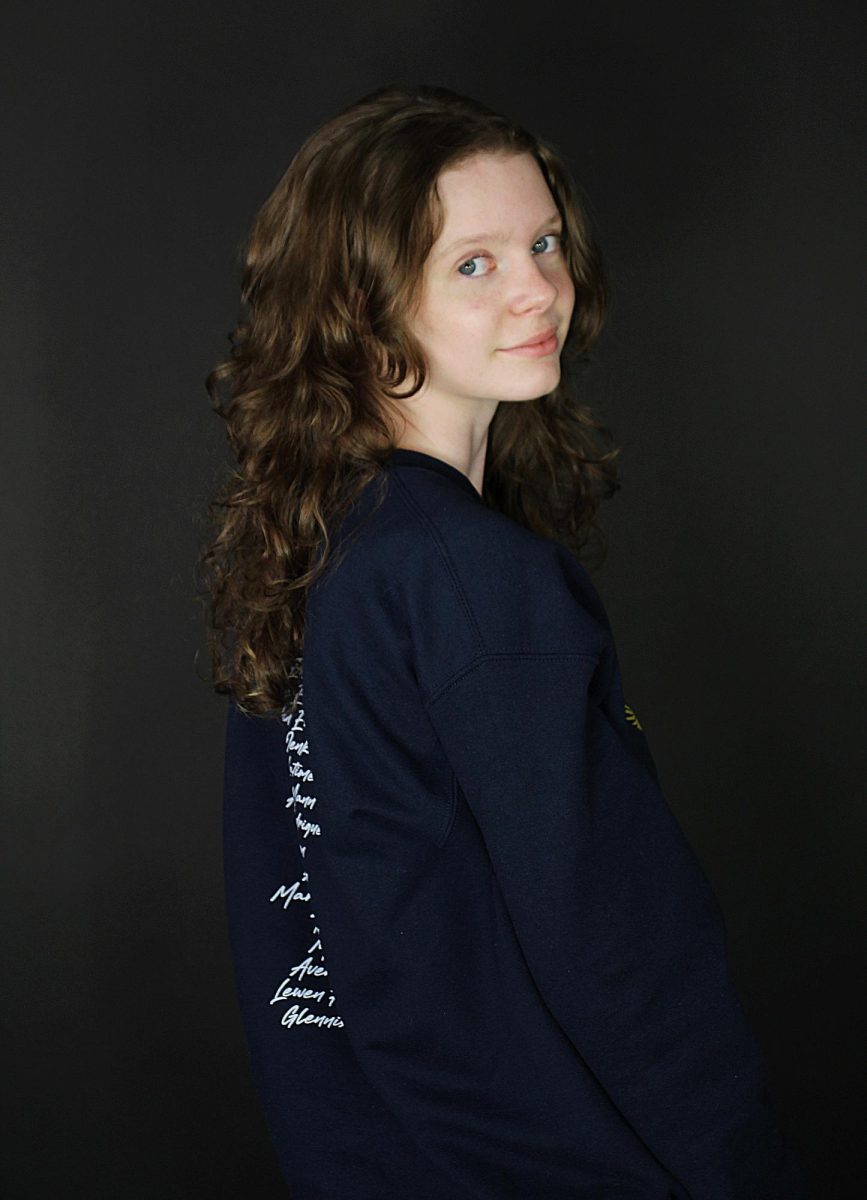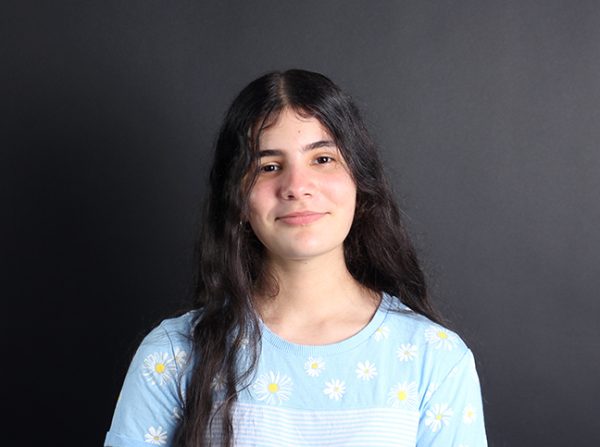For students, YouTube Kids can bring back memories of Cocomelon, a YouTube channel that posts predictable songs with colorful animations. Yet YouTube as a whole is bigger, with children’s content only a few clicks away from edgier videos.
A Pew Research study labeled Parenting Children in the Age of Screens found that 80 percent of parents with a child aged 11 or younger reported that their children watch YouTube several times a day.
With large numbers of young views on social media, the Senate passed the Kids Online Safety Act in July 2024. A bill meant to push platforms to protect young users through stricter safeguards and parental tools. But by December, it had stalled in the House, never becoming law. Even without it, YouTube has started moving toward restriction systems. This includes artificial intelligence monitoring users’ activity and flagging, and switching their accounts to YouTube Kids, if the users’ are suspected to be minors. To go back into regular YouTube, one must provide an ID or another form of verification as a way to prove users are old enough for certain content.
This decision is problematic, as sending in ID photos puts personal information at risk, especially when accounts get flagged incorrectly. Instead, parents should remain in control of what their children watch.
Requiring users to submit personal information introduces significant privacy risks. While YouTube asserts that personal information won’t be used elsewhere, the lack of transparency regarding data storage and access raises alarms. Before sending any ID photos or other types of personal data, users need to know how long data will be stored, who processes the information and whether they’re walled off from advertising and profiling.
Users who watch family-friendly or youth-focused content may be flagged incorrectly, triggering unnecessary restrictions on their accounts. Automated age checks aren’t foolproof and can disrupt the experience for legitimate users.
Parents are the first line of defense in protecting children online. On YouTube Kids, they can select content, block specific videos or channels and set screen time limits on their child’s device. These tools let parents decide what is appropriate for their own family.
When platforms like YouTube create blanket restrictions or require ID verification, they take parents out of the decision-making process, limiting families’ ability to guide their children’s media literacy growth and development.




